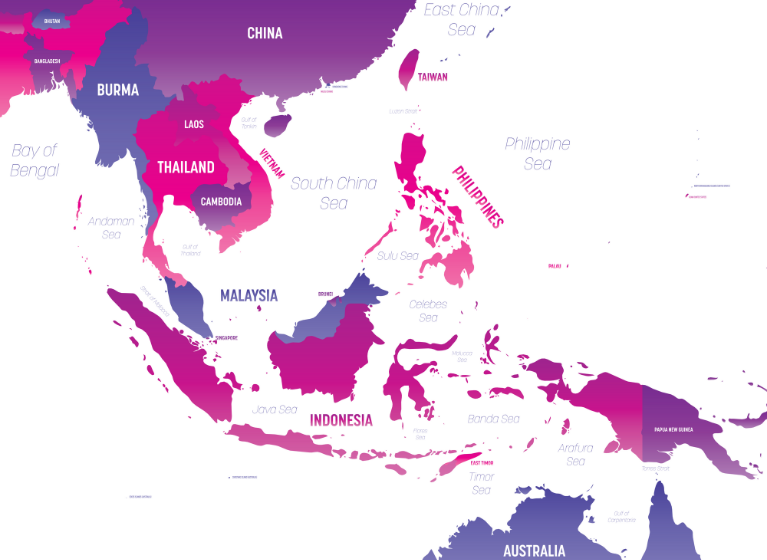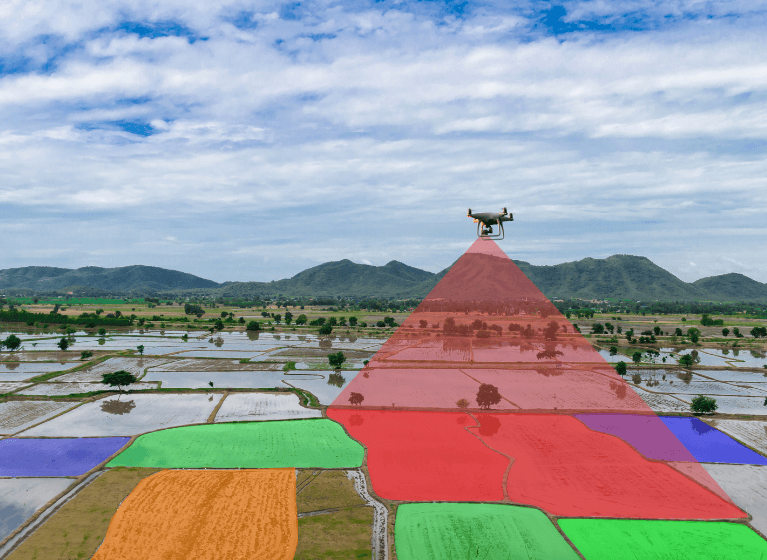A recent extension of the grace period in Japan to twelve months has brought the length of the Japanese grace period in line with those of Australia and the United States. This change will be welcomed by patent applicants such as publicly funded research organisations where the ‘publish or perish’ culture can lead to inconvenient pre-filing disclosures.
Despite this step towards harmonisation, key differences between the operation of grace periods in the three jurisdictions remain. Notably, grace period concessions in Japan must be actively applied for. Unlike other jurisdictions, in the United States the grace period precedes the filing of a provisional rather than a complete application and can offer protection against subsequent third-party disclosures.
A patent grace period allows public disclosure of an invention without this disclosure affecting the validity of the subsequent patent application. This offers an exception to the usual rule where information publicly available at the priority date of a patent application forms part of the prior art base.
This article discusses the key features of grace periods in Australia and Japan with a brief comparison with the United States; as summarised in the table below.
| Grace Period Features | Australia | Japan | United States |
|---|---|---|---|
| Length | 12 months | 12 months | 12 months |
| Type of application required to qualify | Complete except in special circumstances (see below) | Complete | Provisional or complete |
| Who may make an eligible disclosure. This disclosure may be consensual or non-consensual | The nominated person, patentee or predecessor in title of the nominated person or patentee; or a party who has gained knowledge of the invention through those persons and disclosed it | A person having the right to obtain a patent or anyone making a disclosure against the will of said person | The inventor or joint inventor or by another who obtained the subject matter disclosed directly or indirectly from the inventor or a joint inventor |
| How to apply | No need to apply. Can be addressed during prosecution or at any subsequent point such as opposition or litigation | Submission of a request document at the time of filing and a proving document within 30 days of the filing date (see text below for details) | No need to apply. Can be addressed during prosecution or at any subsequent point such as opposition or litigation |
| Special Features | A provisional application may satisfy grace period provisions if the provisional is submitted within a) 6 months of the disclosure at a recognized exhibition or through a learned society; or b) 12 months of the disclosure made through reasonable trial of the invention | Grace period provisions must be actively applied for soon after filing, check text for details | Grace period provisions protect against subsequent third-party disclosures |
Australia
For a patent grace period to apply in Australia, the disclosure must be made by the nominated person, patentee or predecessor in title of the nominated person or patentee; or a party who has gained knowledge of the invention through those persons and disclosed it. This disclosure can be made with or without the consent of those persons.
Except in special circumstances, a complete application (eg PCT application) for the invention must be filed in Australia within twelve months of the initial disclosure for the grace period to apply. These special circumstances include the disclosure being made at an exhibition recognised by the Patent Office; or through a reading before or publication by or on behalf of a learned society. In these situations grace period provisions can be satisfied by the filing of a basic application (eg. provisional application) within 6 months of the disclosure. If the invention is disclosed through reasonable trial where the nature of the invention makes it necessary to work the invention in public, grace period provisions can be satisfied by the filing of a basic application (eg. provisional application) within 12 months of the disclosure.
Grace periods offer no protection for third party disclosures in Australia, which are viewed as prior art.
Changes in Japan
Article 30 of the Patent Act of Japan has recently been revised to extend the Japanese grace period from six months to twelve months between the initial disclosure and the filing of a complete application. This revision applies to applications filed on or after 9 June 2018 with disclosures made on or after 9 December 2017. The extended grace period does not apply to public disclosures made before 8 December 2017, even if the patent application is filed on or after 9 June 2018.
The filing date in Japan is defined as the international filing date for applications entering the national phase when they are based on PCT applications. For applications based upon the Paris Convention, the filing date in Japan is the filing date of the Japanese application.
Comparison between Australia and Japan
As outlined above, recent changes to Japanese law mean that Australia and Japan now both provide a twelve month grace period for patent applications.
In Australia this grace period automatically applies. However, in Japan it is necessary to actively apply for grace period concessions when the disclosure is the result of any action by the right holder who filed the application. This involves providing a request for grace period provisions at the time of filing and a proving document within 30 days of the date of filing the application.
Under the PCT route, this can be achieved by filing a PCT application designating Japan with an accompanying grace period request within 12 months of the initial disclosure. The proving document can then be submitted at the Japanese Patent Office within thirty days of entering the Japanese National Phase. If the applicant did not provide a grace period request at the time of filing the PCT application this request can be made within thirty days of entering the Japanese national phase but cannot be made later.
When filing a Convention application directly at the Japanese Office, a request for grace period provisions must be provided at the time of filing and a proving document must be submitted within 30 days of the date of filing the application (which may be extendable by a maximum of 6 months in special circumstances).
Australian provisions clearly contemplate a number of different persons that may be eligible to grace period relief for consensual disclosure; listing the nominated person, patentee or predecessor in title as well as anyone who has made a disclosure with the consent of those parties. However, the Japanese provisions restrict the person who may make a consensual grace period eligible disclosure to a person having the right to obtain a patent. This raises an interesting question regarding timing; it is unclear if grace period provisions in Japan would apply if a person made a disclosure prior to national phase entry then assigned the application to a different person.
As for Australia, grace period provisions in Japan offer no protection for third party disclosures.
Grace period strategy
In circumstances where there has been a disclosure, patent protection may be salvageable in jurisdictions including Australia, Japan and the United States. Despite the broadening of grace periods in Japan and other jurisdictions, ideally grace periods should not be relied upon when formulating a patent strategy.
Grace period provisions are not present, let alone uniform, in every patent jurisdiction. Notably, European countries offer very few protections against prior disclosures, meaning that an application relying upon grace period provisions cannot expect success in such jurisdictions.
Furthermore, with the notable exception of the United States, grace period provisions do not offer protection against third-party disclosures or applications. The unusual provisions in the United States can be harnessed to establish an earlier effective priority date and lock-out potential competitors. However, one should consider the global repercussions of such a strategy.




